Table of Contents
In Gifu City, Gifu Prefecture, near the bank of the Nagara River overlooking Mt. Kinka, is SHERPA COFFEE ROASTERS, a specialty store specializing in home-roasted coffee beans.
The owner, Fumihisa Nakagaki, opened the shop in 2006 to convey the deliciousness and charm of coffee. Currently, there are only about 66 SCAJ (Specialty Coffee Association of Japan) certified coffee meisters in Gifu Prefecture.
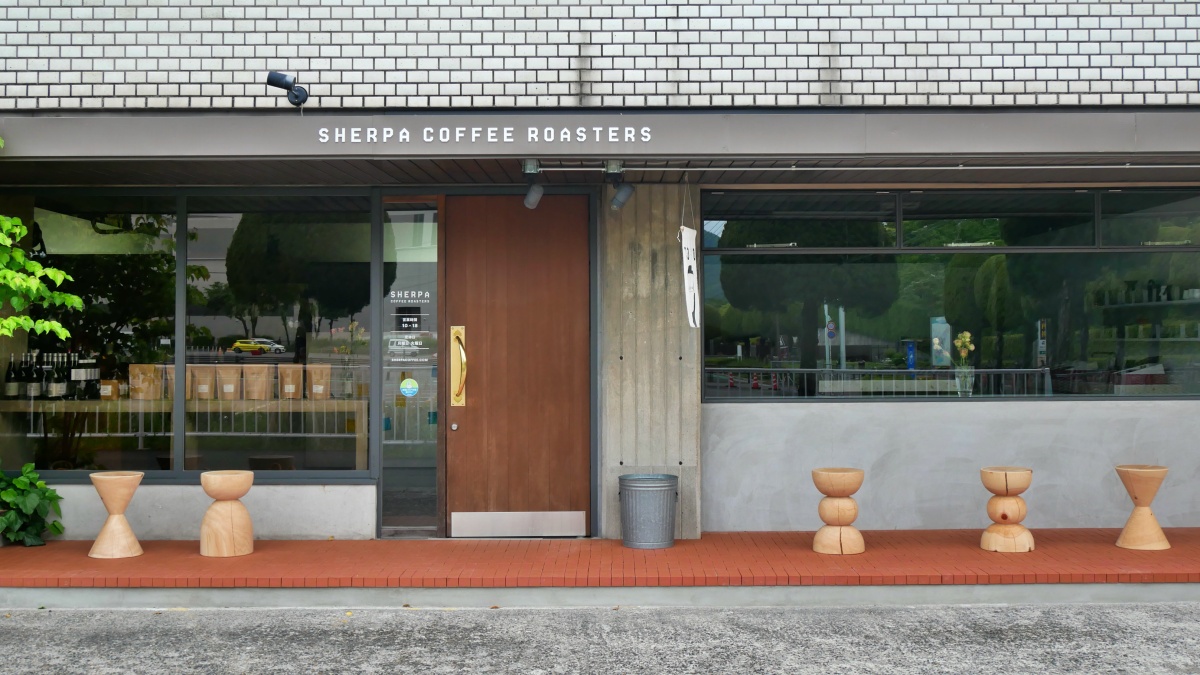
Sherpa coffee appearance
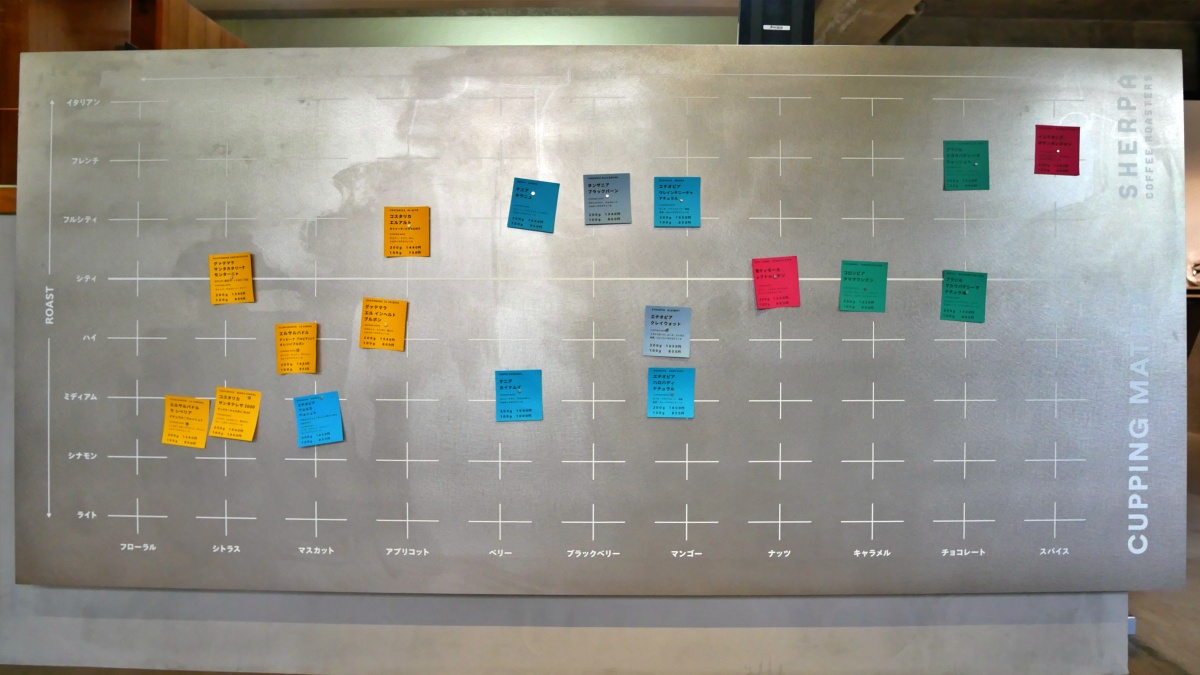
A matrix diagram that classifies and maps the types of coffee beans
Mr. Nakagaki wants to convey the appeal of coffee to many people based on his experience of drinking coffee and being moved. The store has a matrix diagram that maps the characteristics and flavors of the beans, and offers a comparison of coffee drinks, so that you can easily understand the differences in taste and your own preferences.
If you are unsure about which coffee to choose, talk to Mr. Nakagaki, who will carefully listen to your flavor preferences and select the beans he recommends. They will help you find the perfect cup for yourself.
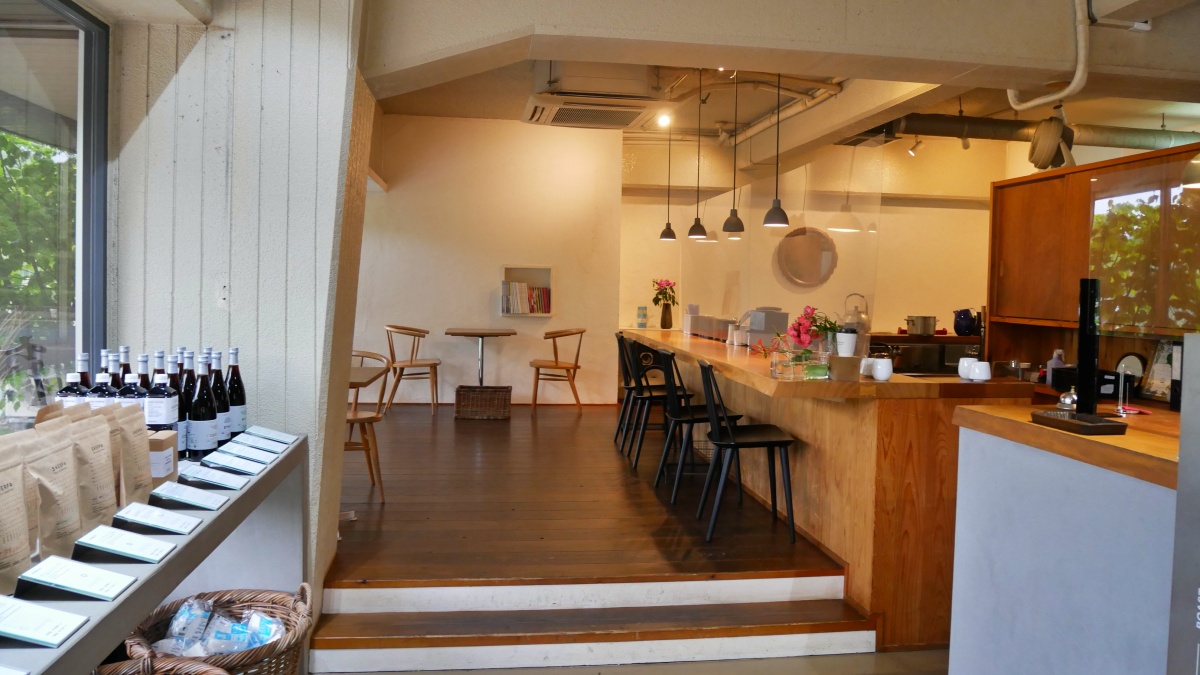
Gentle atmosphere based on white and wood
This time, I asked Mr. Nakagaki about his thoughts and commitment to coffee.
Impressed by the taste of coffee!
Attracted by diversity to the world of coffee
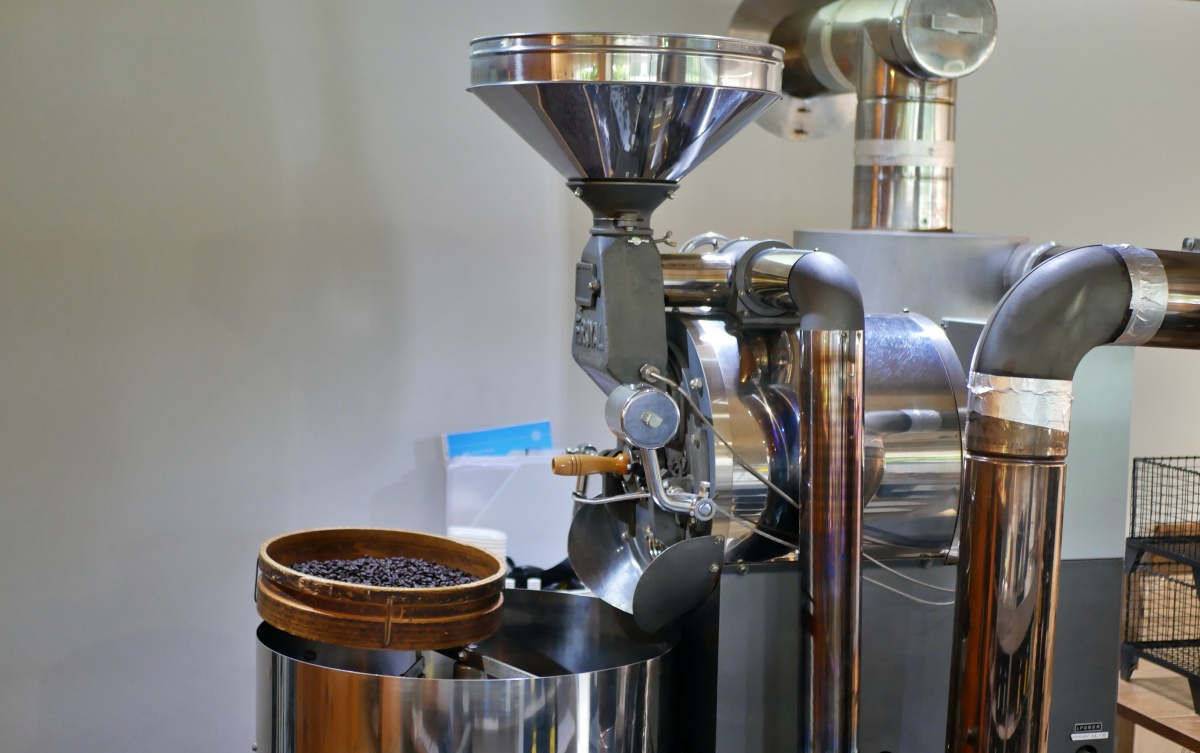
-Please tell us how you got into the world of coffee.
Nakagaki: "Originally I was working for a printing company, and I had a vague idea that I wanted to do my own work and have my own store. At the time, I wasn't really into coffee, but I was interested in a time and space like a coffee shop where I could get away from my daily routine and relax a little, so I was just wondering if I could do that kind of work someday. Then I quit my job and worked at a coffee shop, but my interest in coffee grew when I was impressed by the delicious coffee I drank on a trip."
-It was shockingly good coffee.
Mr. Nakagaki: “That’s right. So when I researched coffee and drank various types of coffee, I learned that the quality of coffee varies greatly depending on the place of production, the condition of the roast, the extraction method, and the freshness of the coffee beans. When I say freshness, it depends on the freshness of the raw beans and the freshness after roasting. I also participated in coffee training and study sessions, and the more I got into the brewing, the more delicious coffee I made became. I realized that coffee is deep and full of diversity.
And I opened this shop because I want to convey the charm of coffee to people and want them to drink delicious coffee. ”
-Was it the current style from the beginning?
Mr. Nakagaki: “Although it was originally a coffee shop, we also served tea and homemade juices. So, I continued to explore how I could convey the diversity of coffee, and how I could convey the appeal of coffee I feel to customers, and that's how I got to where I am today."
Visualize the complex aromas and flavors of coffee.
Our mission is to communicate as clearly as possible.
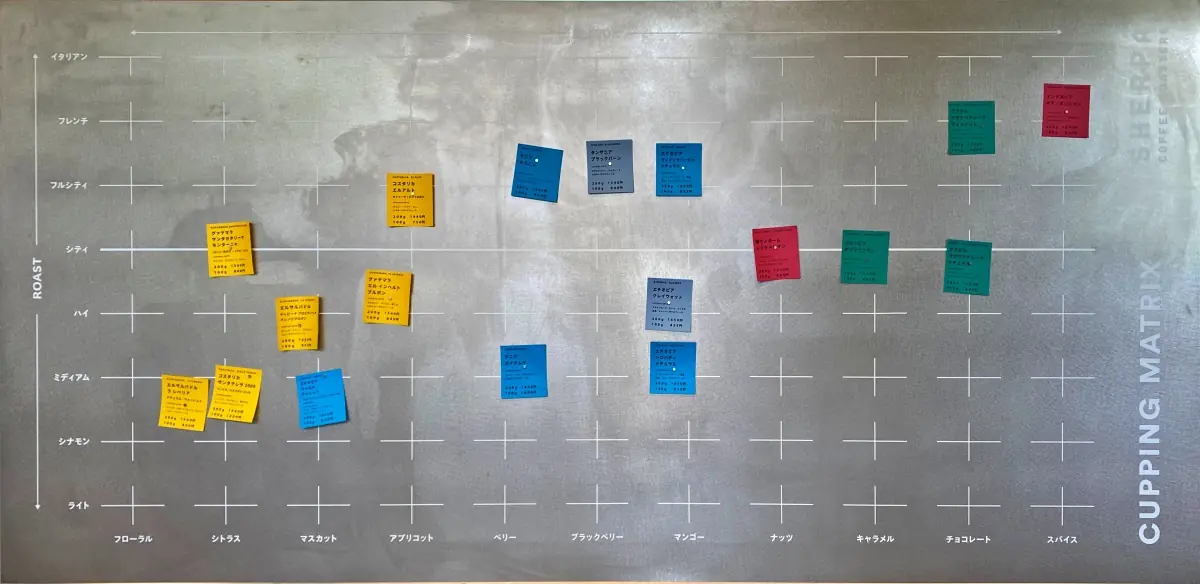
-What is the big plate in front of the entrance?
Mr. Nakagaki: "This is a matrix diagram mapping the aroma and characteristics of coffee beans. The vertical axis is classified by the depth of roasting (the higher the roast, the deeper the roast), and the horizontal axis is classified by the intensity of the aroma (the deeper the aroma, the right).
Since people have different tastes for bitterness and sourness of coffee, I thought it would be possible to listen to the customer's preferences and visually judge which one is better and select it like a map, so I installed a matrix diagram. ”
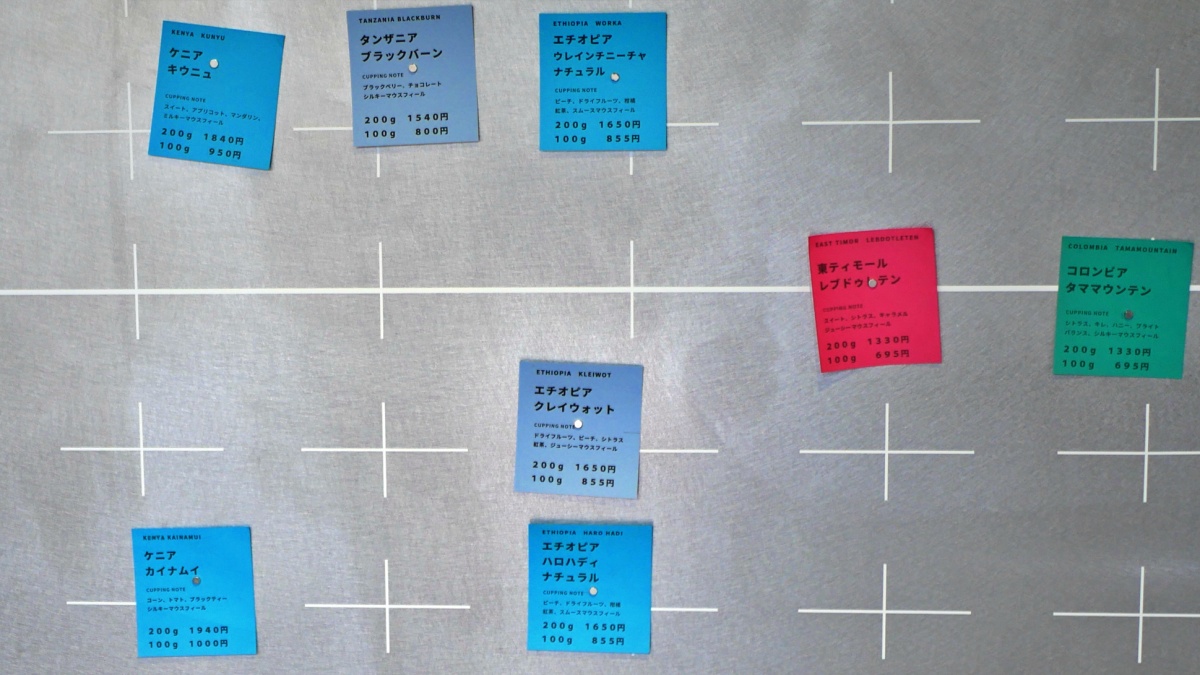
-What are the words "dried fruit, peach, citrus..." written on the card?
Mr. Nakagaki: “It is the typical aroma that you feel when you drink it. It is said that there are 800 to 1,000 types of coffee aromas, but among them, I picked up the aromas that are particularly easy to convey and easy to understand.
The colors of the cards are divided according to the origin of the beans. Looking at it this way, blue (Africa) has many fully ripe beans, and green (South America) has many mild and soft types like caramel. Because of this, you may be able to visually understand your own preferences. ”
-This is easy to understand even for people who are not familiar with coffee!
Mr. Nakagaki: “After creating the matrix diagram, I have more conversations with customers. There are many things that cannot be conveyed about the flavor of coffee with words alone, and there were some areas where I could not grasp the customer's preferences in a short time.
However, I want to provide coffee that people will find delicious when they come to me, so I think it is my role to organize and convey what they really want as much as possible in an easy-to-understand manner. ”
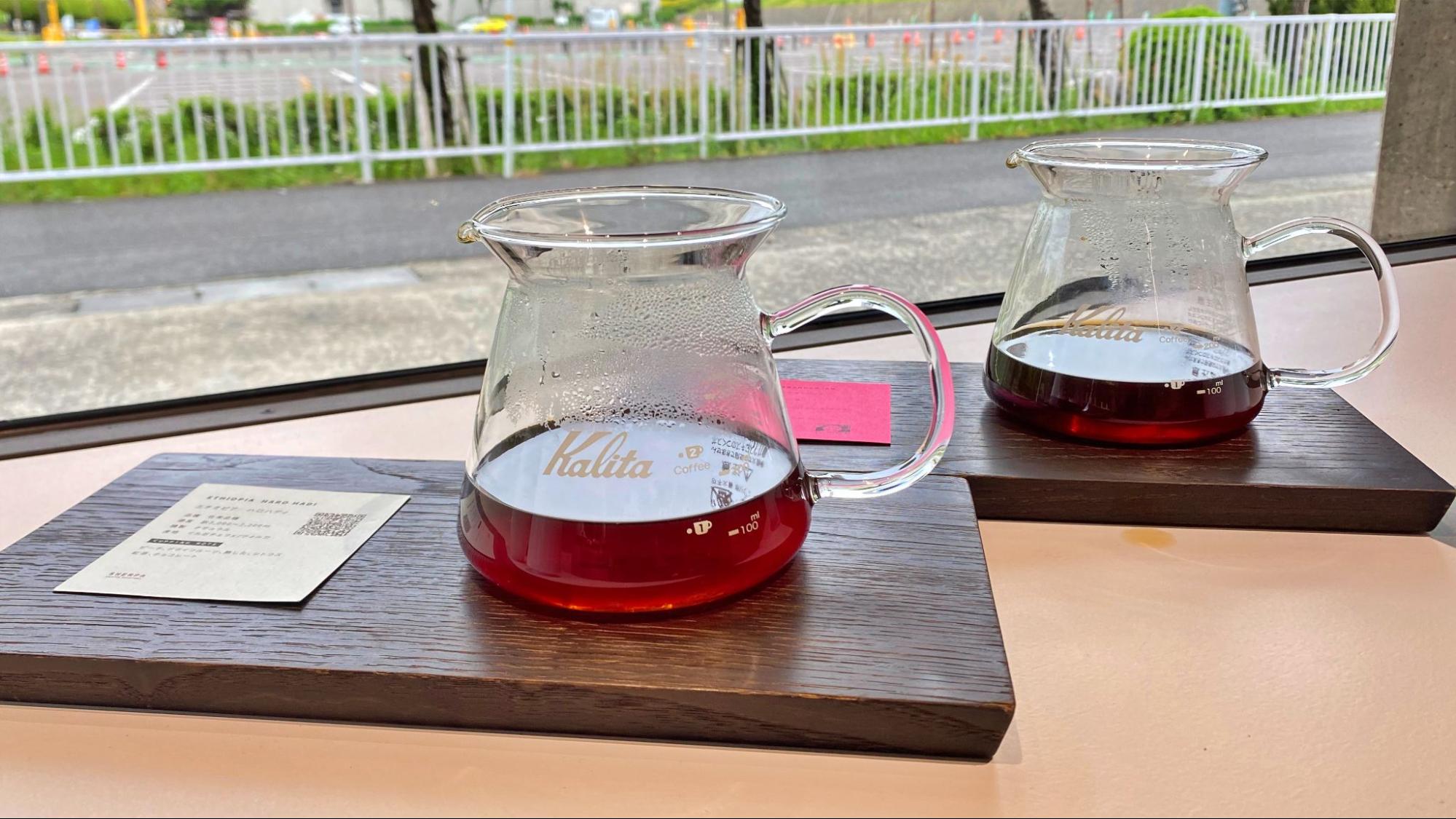
Drink comparison between Ethiopia (front: 610 yen) and Indonesia (back: 560 yen)
-Is the comparison of coffee drinks part of that?
Mr. Nakagaki: "Yes. We started the matrix chart about 5 years ago, and the drinking comparison about 3 years ago. We serve two types of the drink comparison at the server, and we also give you a card that introduces the beans. The card includes the variety, altitude, refining method, and production area of the beans, as well as the aroma you experience when you drink it, and a QR code that shows the location of the plantation on Google Maps.
Even if you don't have a drink comparison, we will serve it with a cup so that customers who come to the store in a group can share and compare drinks. One of the joys of coffee is its diversity, which you can easily experience by comparing different flavors at the same time. ”

A card with information about coffee beans. The detailed characteristics of the farm and flavor are written on the menu.
-It's completely different when you drink and compare at the same time! I may prefer Indonesia. Once you know what you like, you will continue to be interested in production areas and farms.
Mr. Nakagaki: "I am glad you feel that way. These two types in particular are easy to distinguish in terms of aroma. I would also like to know how the aroma changes depending on the processing method, such as whether the green coffee beans are roasted with the pulp or after the pulp is removed. There are many different regions in Ethiopia, so if you taste the different flavors depending on the region, or how the flavor changes depending on the variety even if it is made at the same place on the same plantation, I think you will find even more diversity."
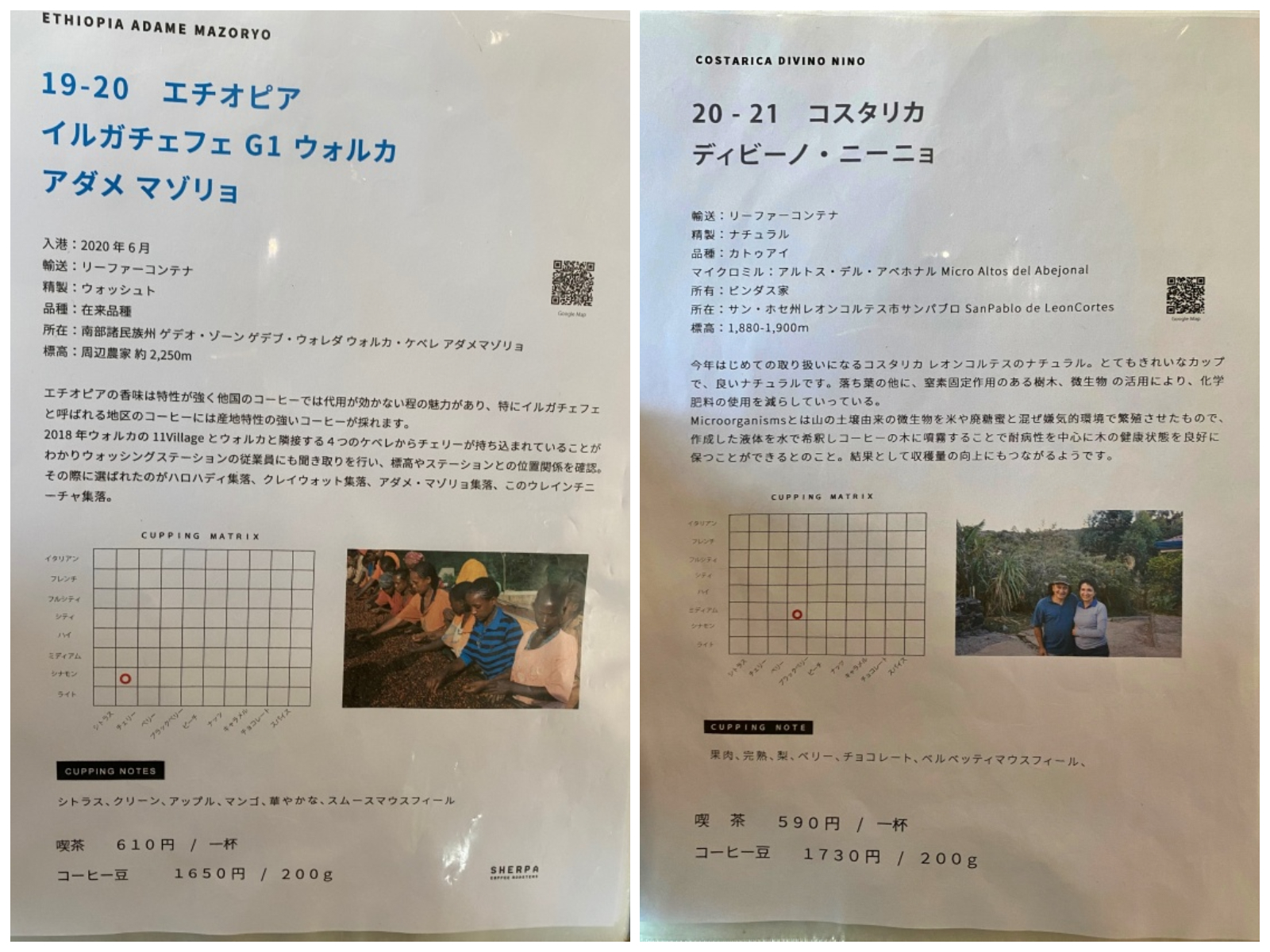
The menu includes detailed information on how to transport and harvest each bean, as well as photos, so it would be fun just to read it.
To focus on "communicating" activities in the future
Change from an individual to an organization
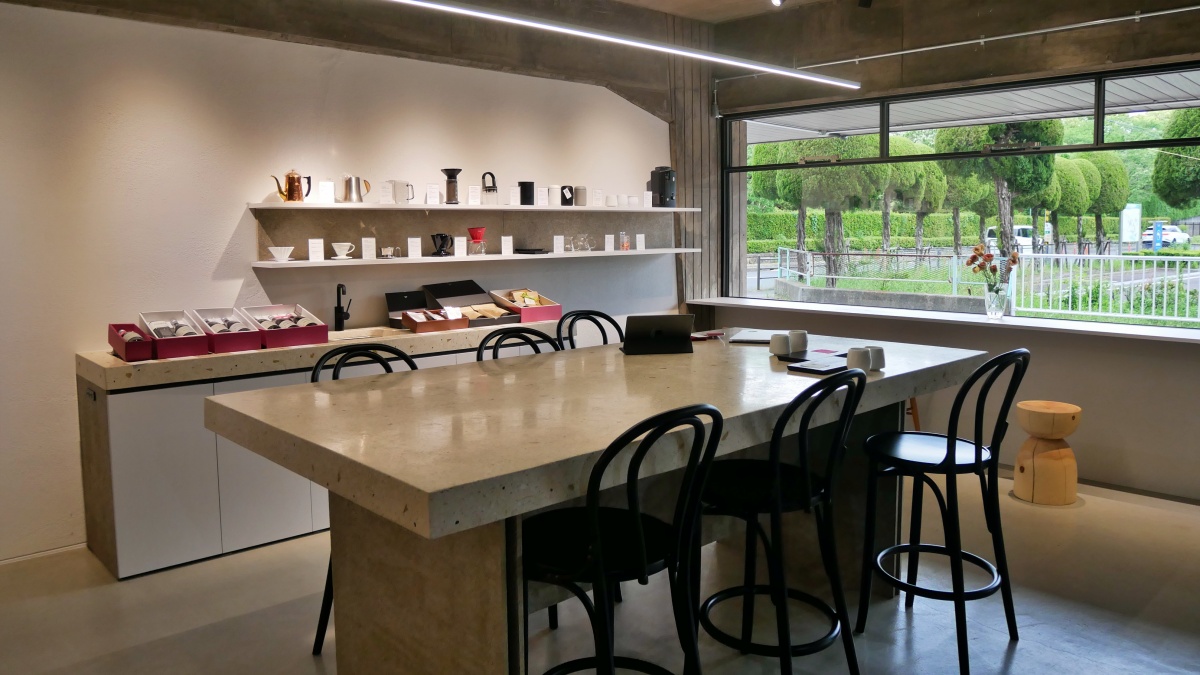
Space for holding coffee classes and workshops
-Do you hold coffee classes and workshops as an activity to convey the appeal and diversity of coffee?
Mr. Nakagaki: "We just expanded the store in early May and created a space outside of the seating area. We used to open the store from noon and held coffee classes and workshops in the morning on an irregular basis. However, since we have been open from the morning for the past few years, we have not been able to do so for a while, but now that this space is available, we hope to be able to hold these classes while the store is open. We have running water, a sink, and induction, so you can try out the equipment."
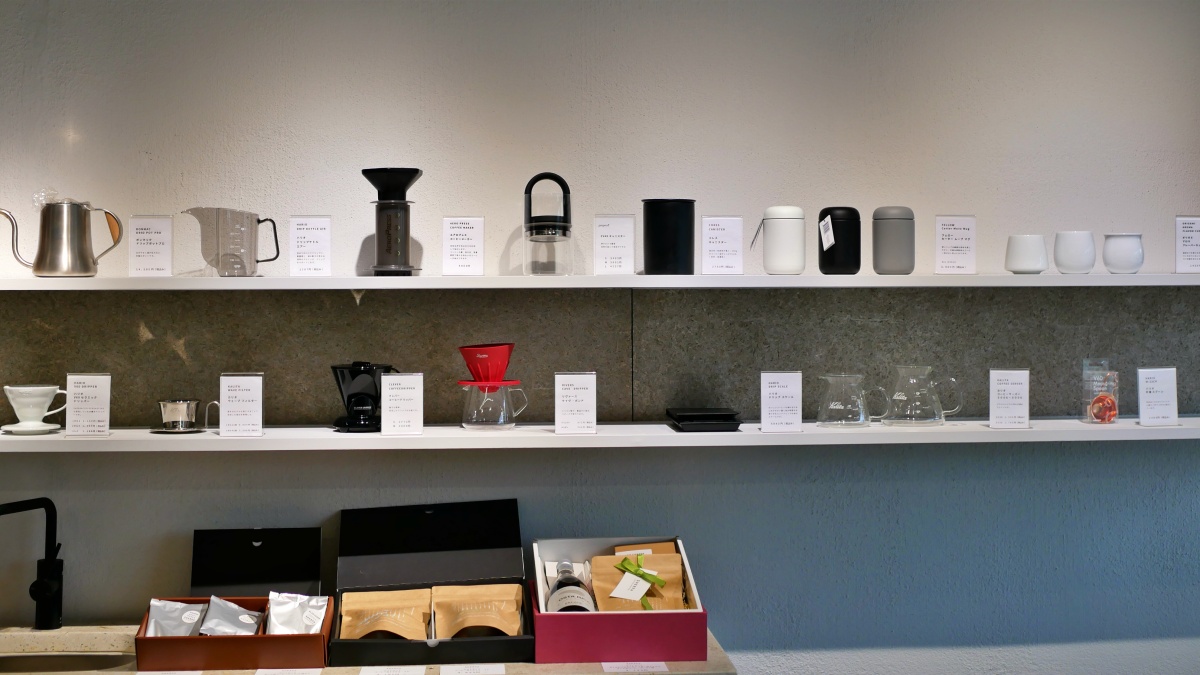
There are many equipments for brewing coffee.

-Do you ever go to coffee bean production areas or farms?
Mr. Nakagaki: "Until now, my wife and I have been running the store together, so if I were to go to the farms, I would have to close the store for a long period of time, and I have not been able to go yet. However, I felt that unless I go to the farms, participate in study groups, and create an environment that allows me to grow, I will not be able to continue providing our customers with delicious coffee. To do this, it is important to run the store as a team, and this year we have added more people to the team and are building a system."
-In that case, it is important to share knowledge and skills.
Mr. Nakagaki: "Yes, taste and quality control is important to maintain the store as an organization, not as an individual. Even in cupping, where we evaluate and identify the quality and taste of the beans, I share the information with my wife, myself, and a new employee so that we can all keep track.
If the system is successful, I would like to go to overseas farms in the future and try to convey the passion of the production areas and the owners of the farms. ”
-There will be a wider range of things you can do to convey the charm of coffee than now!
Mr. Nakagaki: “Yes. I think there are still things I haven’t been able to convey, so I think there are many things I can learn. As a result, I would be more than happy if everyone could be happy or be moved by drinking coffee.
I believe that coffee is inspiring because it is complex and full of diversity. For example, I would like to be a catalyst for people who don't like coffee to be able to drink it, or for people who don't know much about it at all to find a coffee that they like. With so many varieties to choose from, I'm sure any one of them will suit each person perfectly."
At SHERPA COFFEE ROASTERS
A new world of coffee may open up
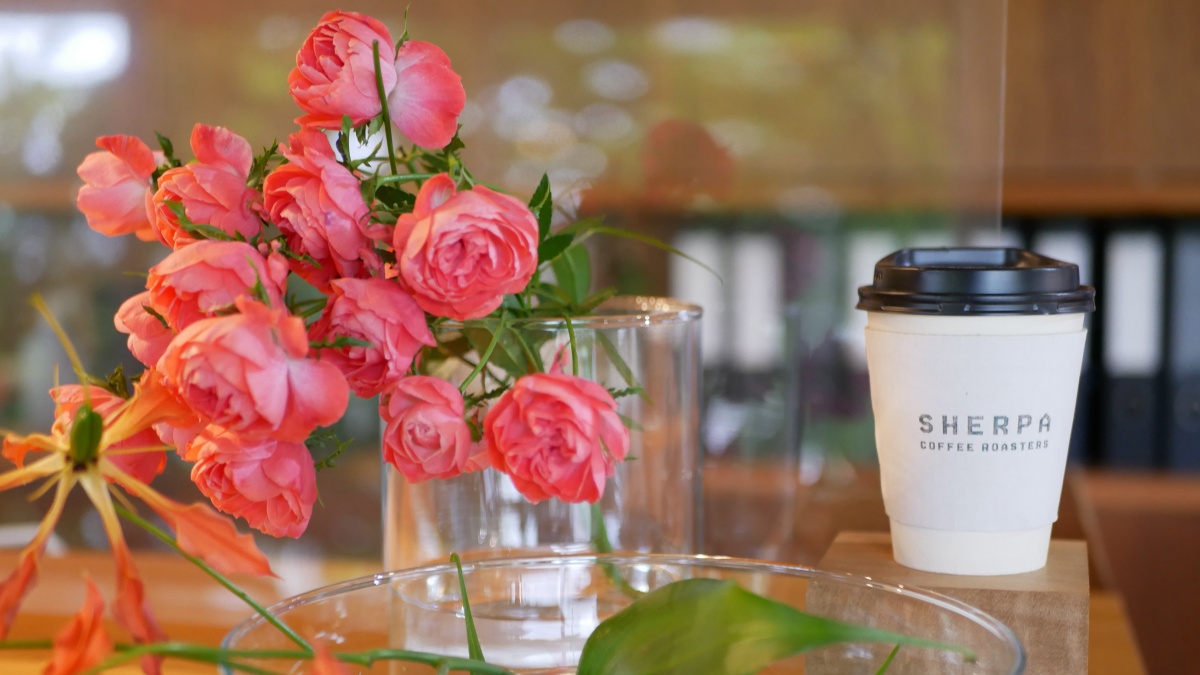
There are about 20 types of coffee handled by Sherpa Coffee, all of which are specialty coffees that are particular about quality and flavor. If you drink and compare different types with different characteristics, you will surely notice the diversity and depth of coffee.
They also sell coffee beans and bottled coffee, so you can enjoy the taste of Sherpa coffee at home.
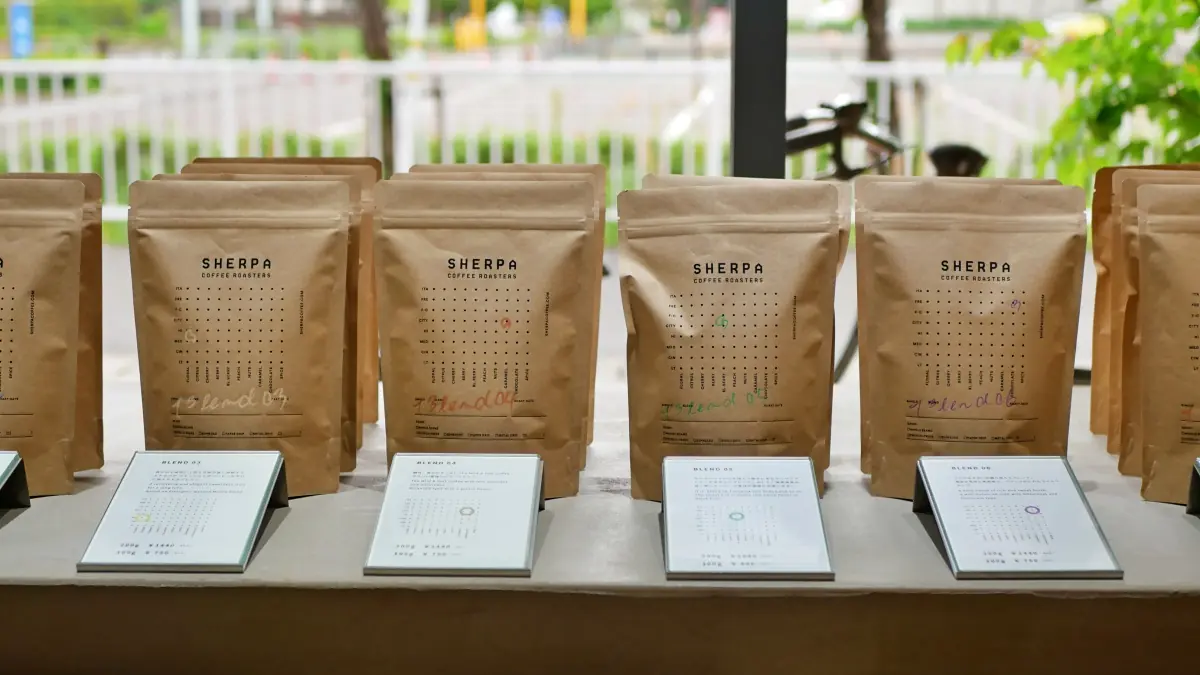

Why not visit Sherpa Coffee to find the perfect cup for you?

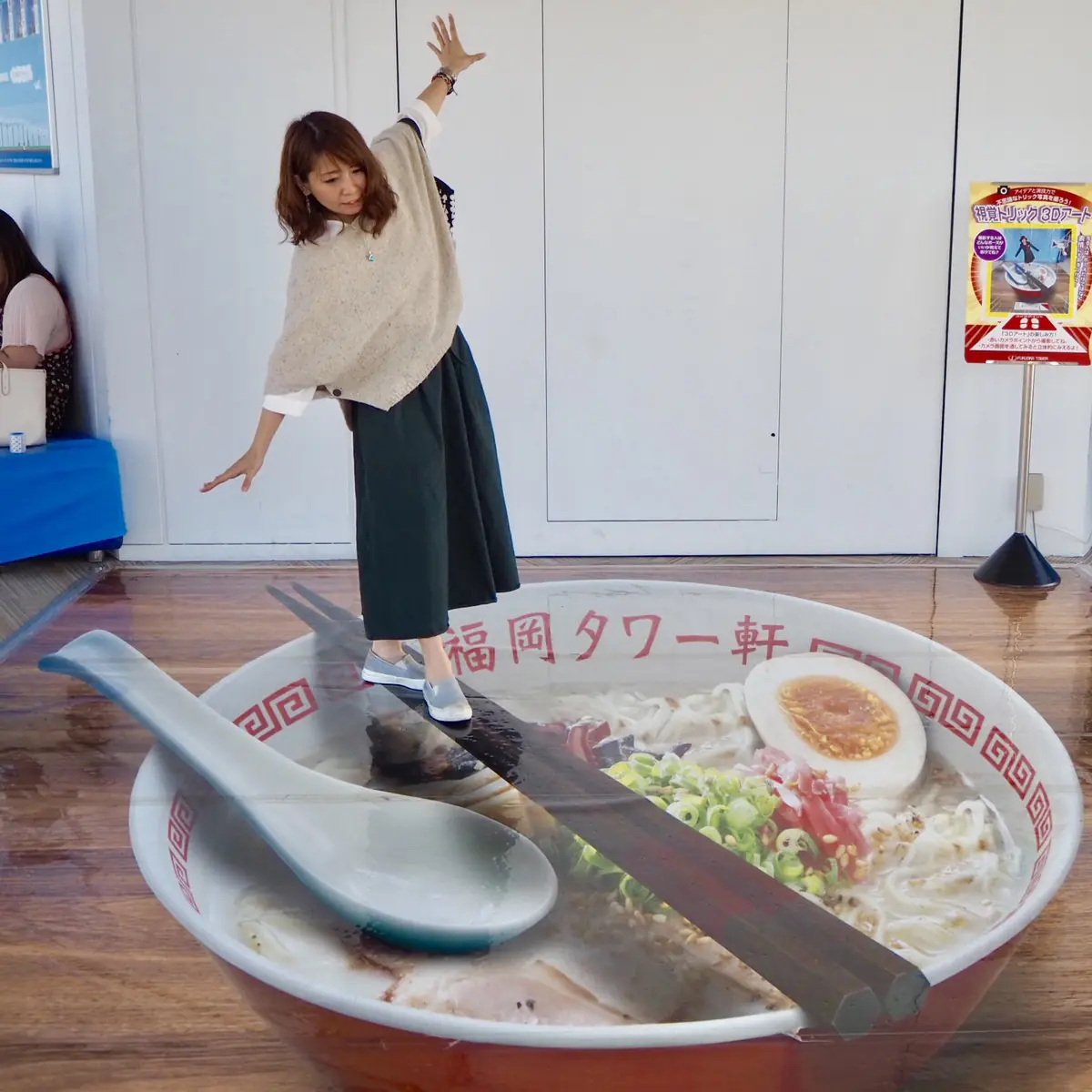
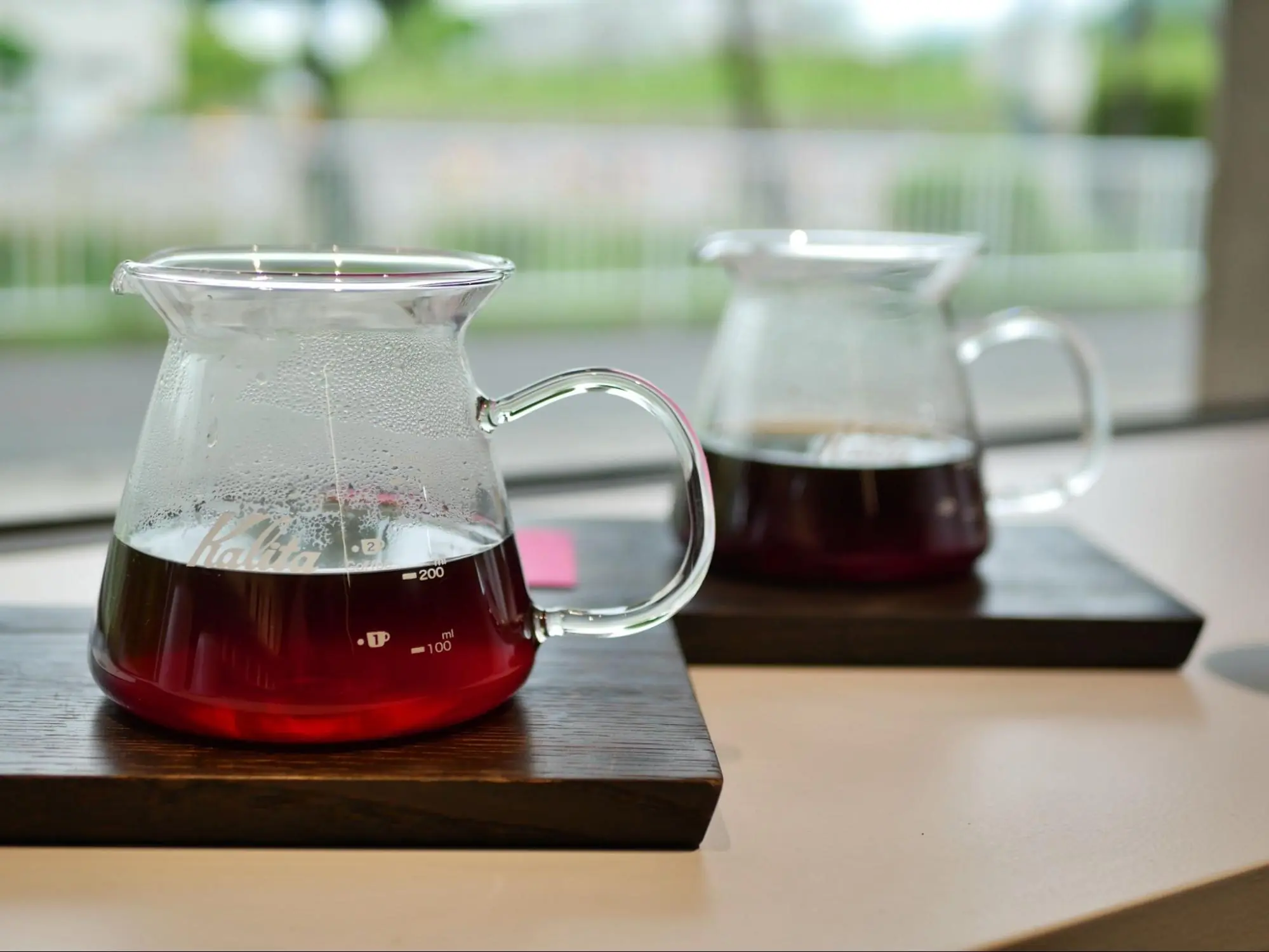
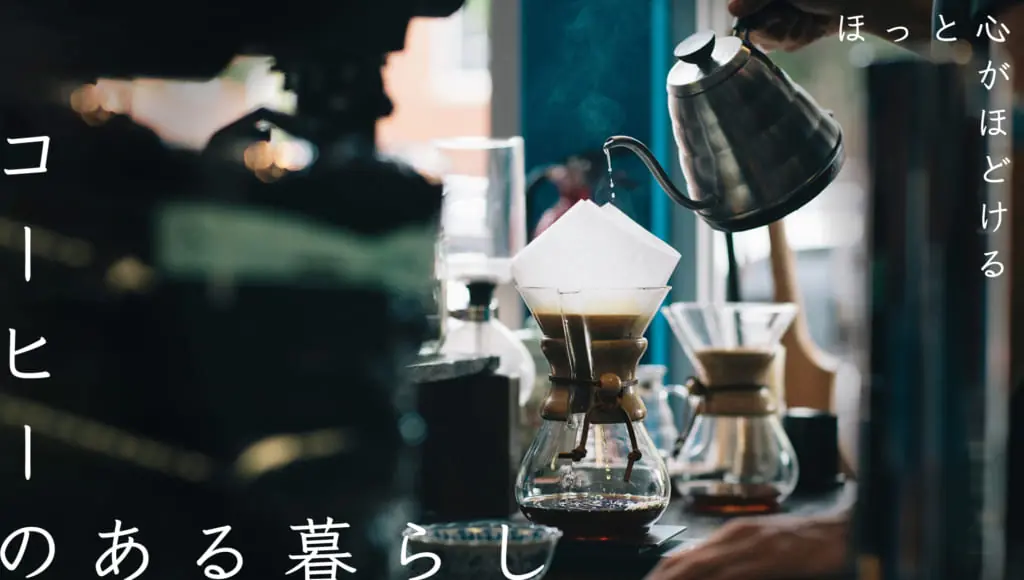
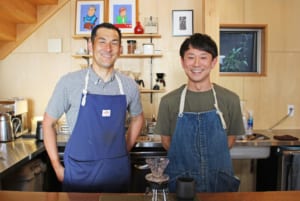
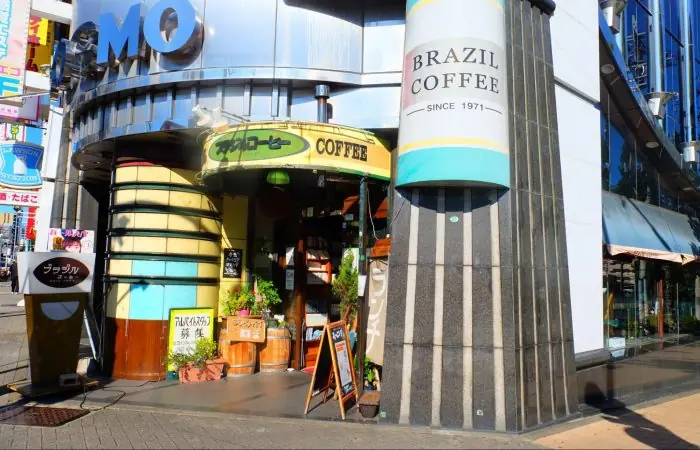
![[Nishi-ku, Nagoya] Kissa Matsuba, a Coffee Shop in a Endoji Shopping Arcade](https://life-designs.jp/wp/wp-content/uploads/2021/12/image5-31-1-656x438.jpg)
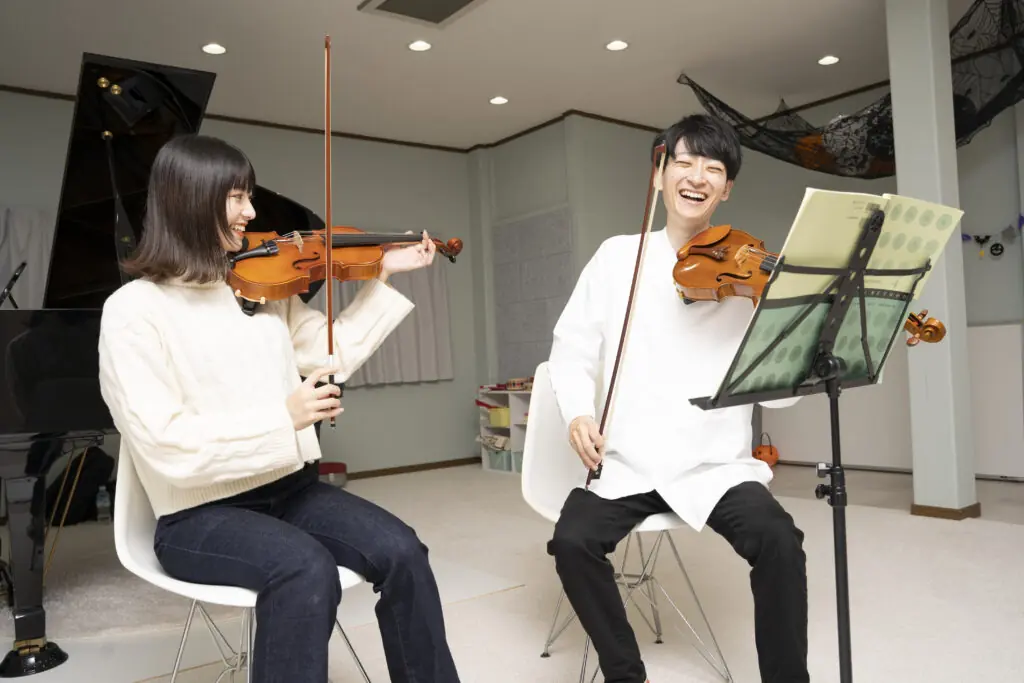
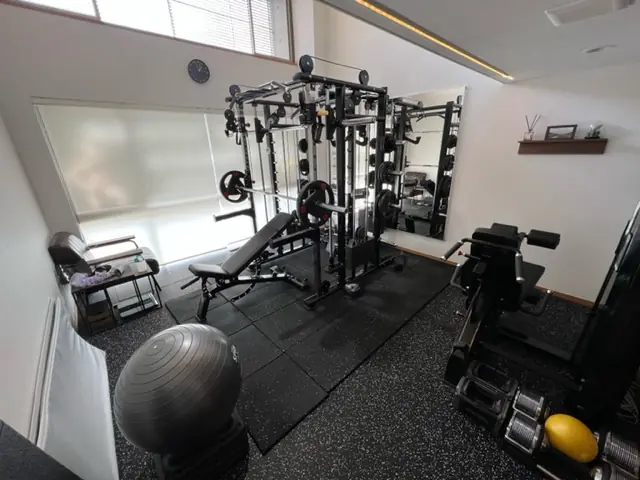
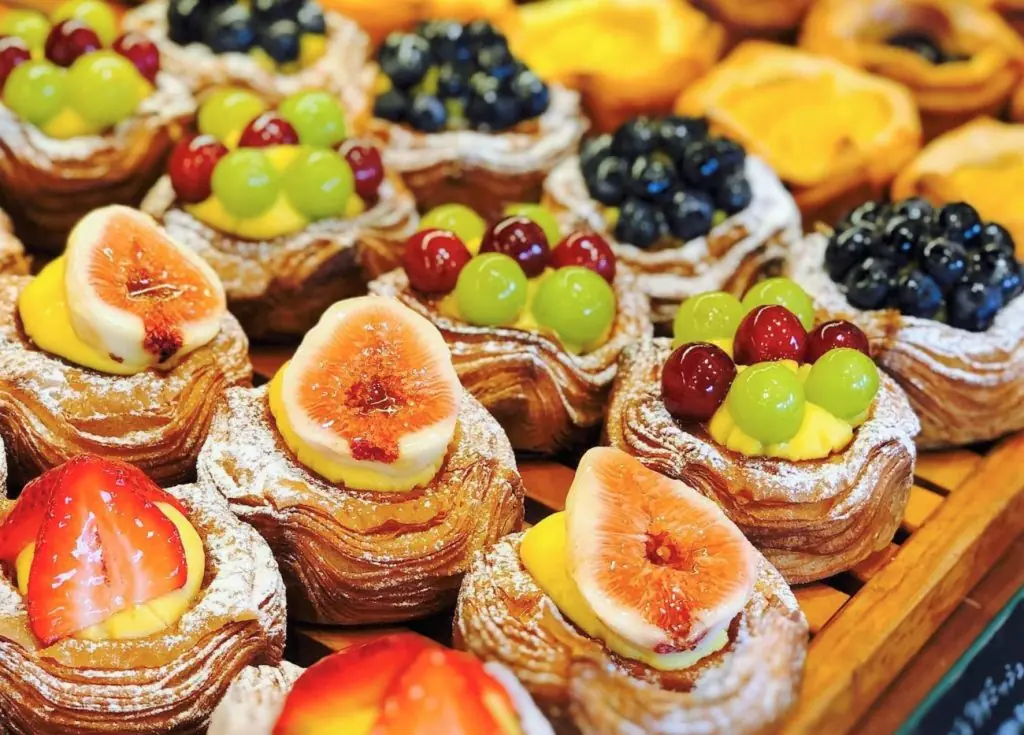
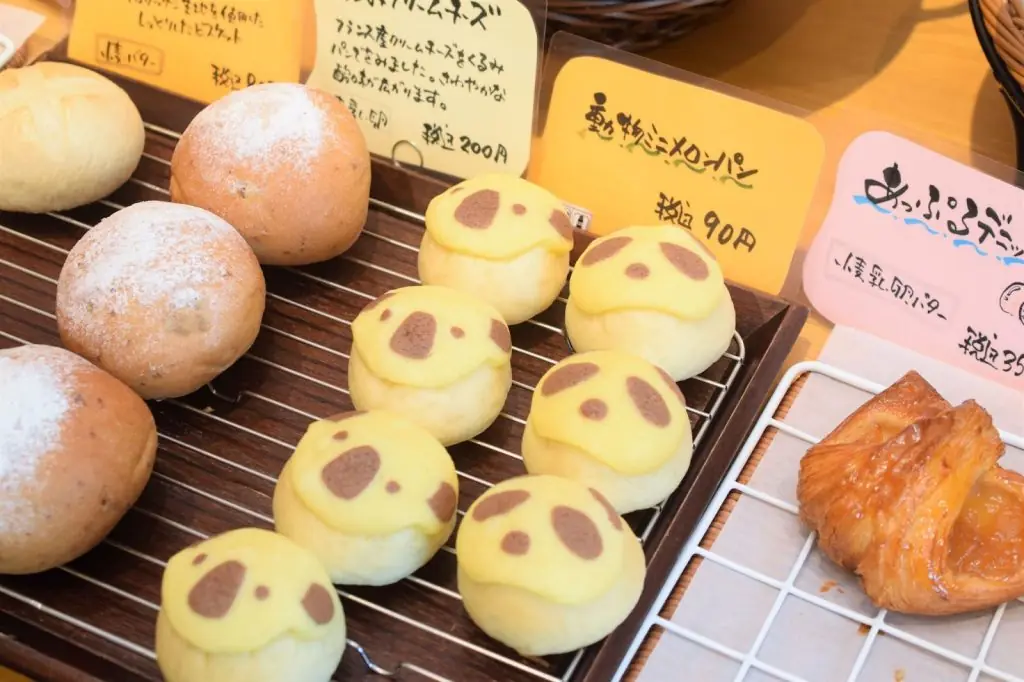
![[Contribute to Society from One Cup] Coffee Brand “Satoyama Coffee” that Directly Delivers the Passion of Producers](https://life-designs.jp/wp/wp-content/uploads/2023/05/ce5941708bd123258e8d0b48c2460214-1024x573.png)
![[Nagakute] “Matsumoto Coffee Kobo” Convey the Appeal of Coffee Beans and Return them to the People of the Country of Origin](https://life-designs.jp/wp/wp-content/uploads/2022/07/image9-1024x768.jpg)
![[Fushimi, Nagoya] STILL THINKING COFFEE is a Coffee Stand where you can Stop By Casually](https://life-designs.jp/wp/wp-content/uploads/2022/04/STILL-THINKING-COFFEE5-1024x576.jpg)
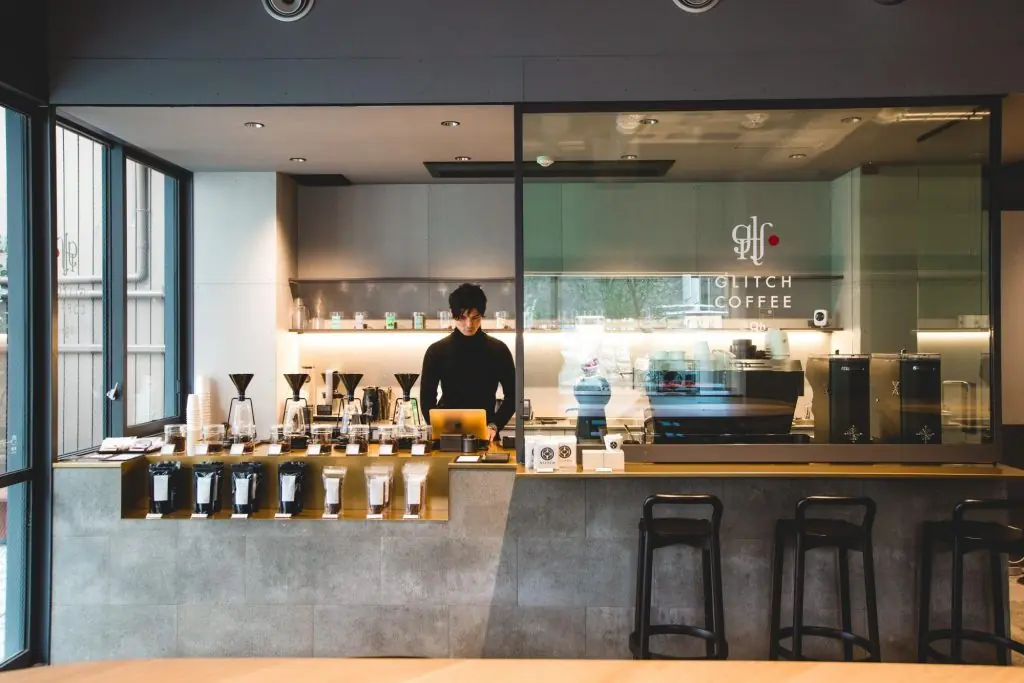

![[Indoor Facilities] Where to Go on Rainy Days in Tokai Area! For Family Outings!](https://life-designs.jp/wp/wp-content/uploads/2023/07/FotoJet-23.jpg)





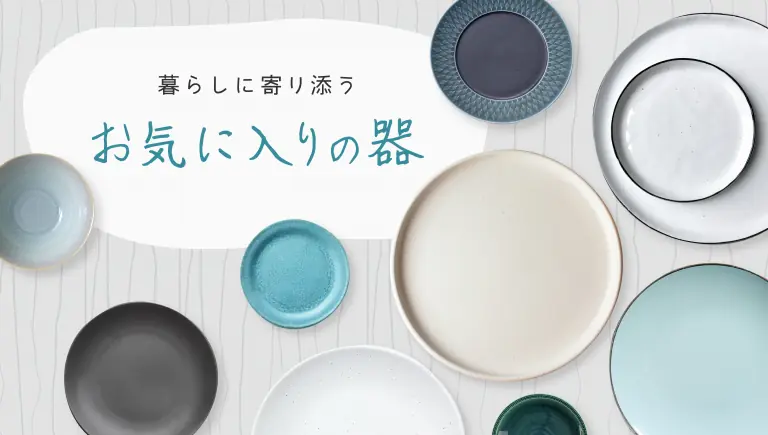
![[Enjoy Kuwana! ] From Classic to the Latest Spots](https://life-designs.jp/wp/wp-content/uploads/2022/11/Kuwana_w1920x1088-1-768x435.png)
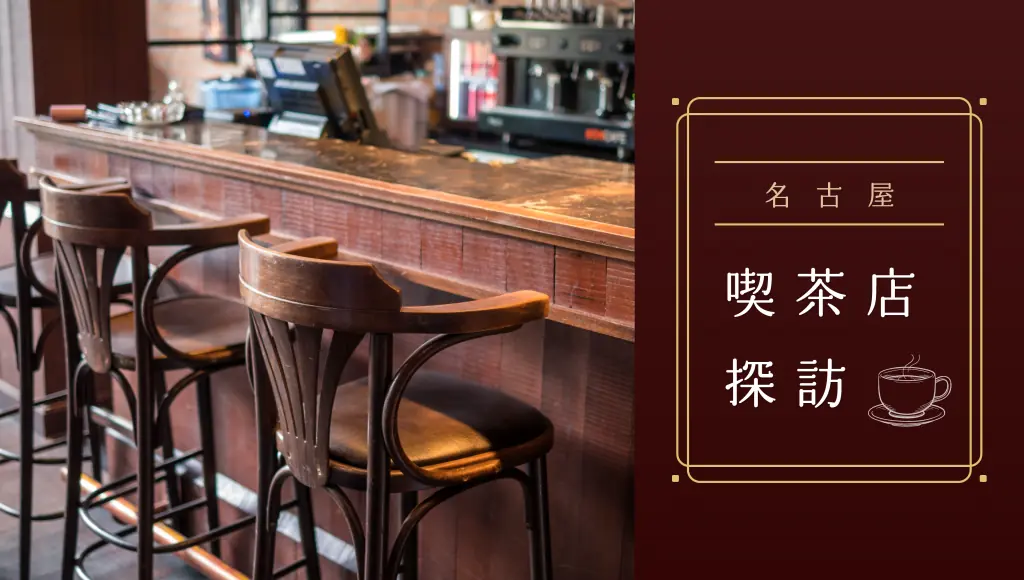
![[Sauna Specials] Feel Revitalized in Sauna!](https://life-designs.jp/wp/wp-content/uploads/2021/07/Sauna-1024x580.jpg)
![[Nagoya-meshi] Nagoya's Speciality Dishes](https://life-designs.jp/wp/wp-content/uploads/2022/06/5ba2ca8c038fd4af7527bc0826367cfb-1024x580.png)
![[Ghibli Park] Beginner's Guide](https://life-designs.jp/wp/wp-content/uploads/2023/07/ghiblipark_w1920h1088_20240422-1024x580.png)
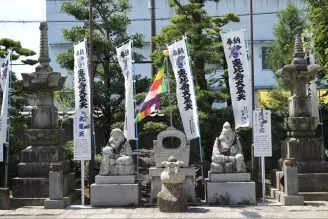
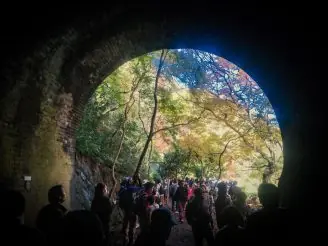

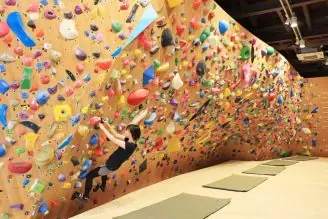
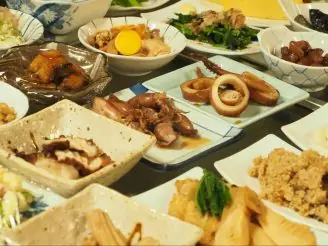
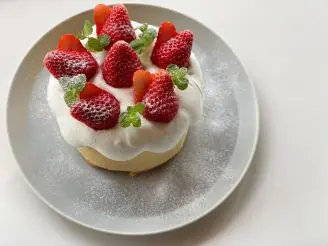
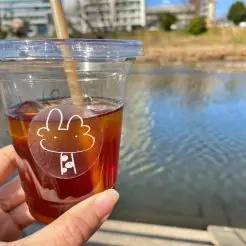
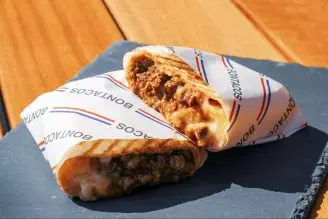
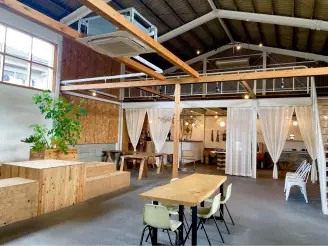

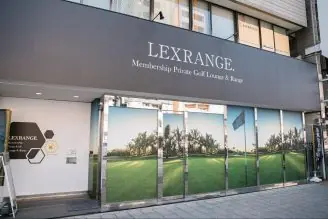

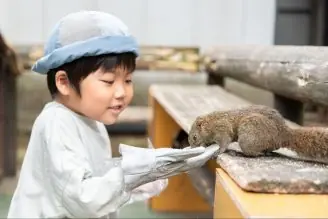
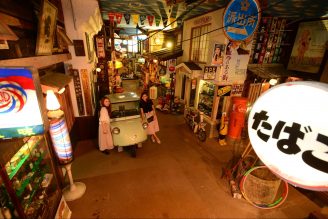




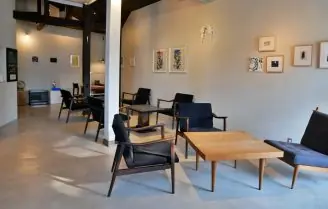
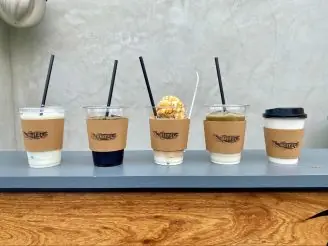

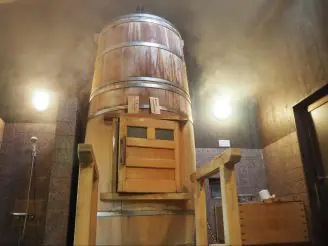

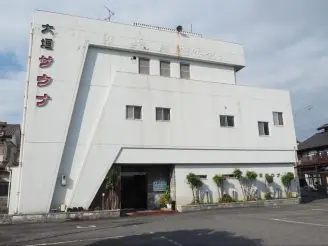
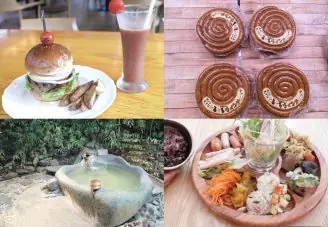




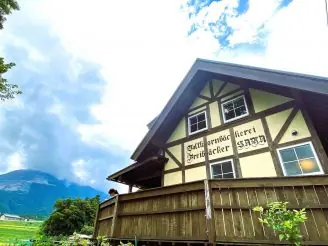
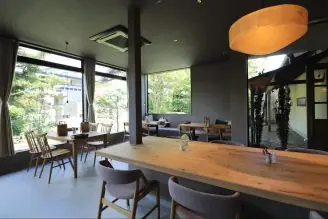
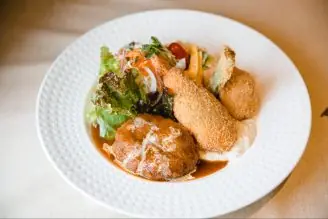
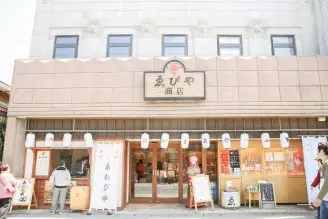
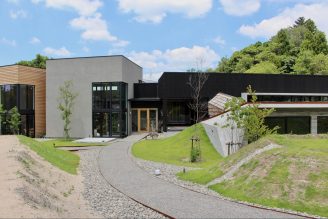
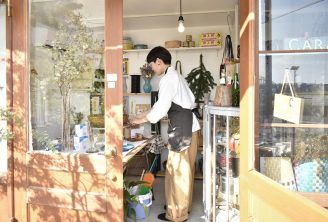


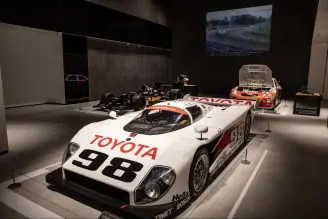
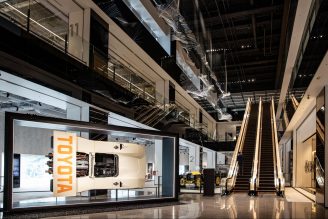

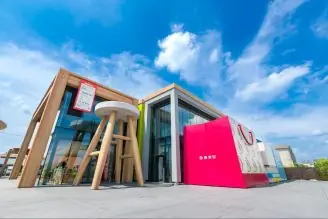


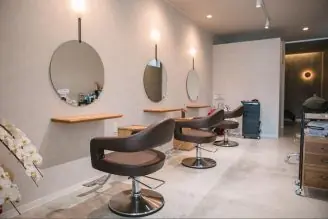

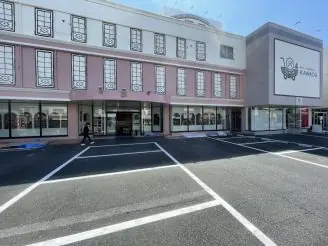
![[Indoor Facilities] Where to Go on Rainy Days in Tokai Area! For Family Outings!](https://life-designs.jp/wp/wp-content/uploads/2023/07/FotoJet-23-1024x768.jpg)
![[28 selections] I want to get it when I go to Ghibli Park! Recommended goods & souvenirs (Ghibli’s Grand Warehouse edition)](https://life-designs.jp/wp/wp-content/uploads/2023/07/07bb34f30842ccc4c6412fc060e1966c-1024x683.jpg)
![[20 Selections] Nagoya Souvenirs: Non-Sweet & Recommended Snacks Available at Nagoya Station](https://life-designs.jp/wp/wp-content/uploads/2025/07/image3-2-1024x683.jpg)
![[Within 2hrs by Car] 12 Outing Areas where You can Go on a Day Trip from Nagoya!](https://life-designs.jp/wp/wp-content/uploads/2023/07/odekake12_w1200h900_20240422-768x576.png)
![[Aichi, Gifu, Mie] 30 Family-Friendly Spots to Go in Winter!](https://life-designs.jp/wp/wp-content/uploads/2019/12/image21-1-150x106.png)



